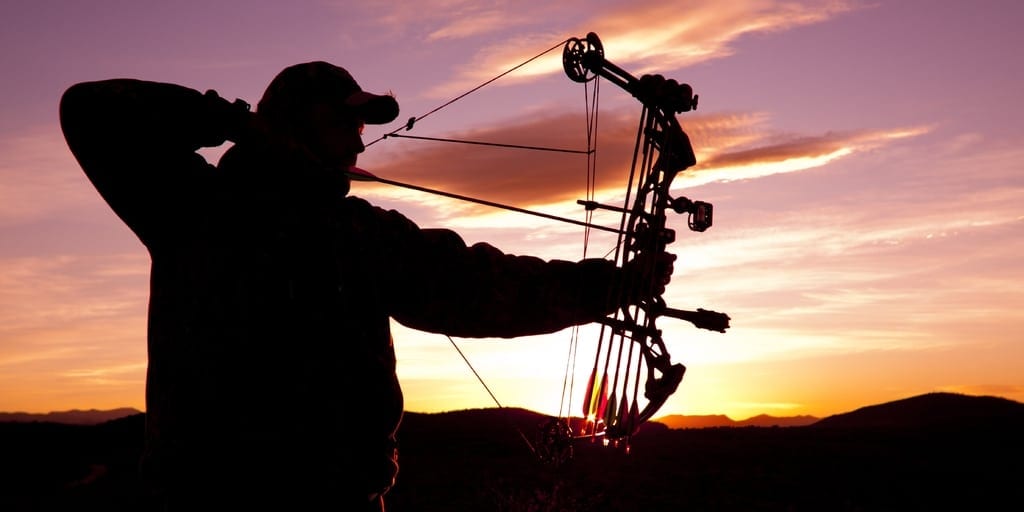My very rural hometown was (and is) in the middle of hunting country. And, I lived on a farm deep in the pine woods on the edge of a swamp. As a youngster I hunted dove, quail and squirrel that often wound up on our supper table. I do not hunt today but my younger brother has continued the sport at the graduate level—he hunts deer and wild boar—with a bow! Hunting, especially in more challenging weather conditions, requires using Kentucky windage.
Kentucky windage is the practice of adjusting your aim to compensate for the circumstances. For example, if you were aiming at a target and had a strong wind blowing right to left between you and your target, you would aim more to the right to compensate for the wind. If you were shooting a dove or a clay skeet moving right to left, you would aim to the left of the target to enable the flight time of the target to intersect with the flight path of the bullet—we called it leading the target. The stationary sights on the rifle only worked if the target and conditions were both stationary.
Great service providers use a type of Kentucky windage. They adjust to and accommodate the target (i.e., the customer) and the conditions. It is the “need a penny, take a penny; got a penny, leave a penny” sign you sometimes see at cash registers. The generous accommodation keeps you from having to break a twenty-dollar bill if you are a penny short. It is the theatre ticket person giving you the benefit of the doubt regarding “senior fare” or “children under six” fare.
One of my favorite examples of Kentucky windage is how Disney World theme park employees (cast members) deal with the most frequently asked question by guests: “What time does the three o’clock parade start?” A smart aleck would view it as a stupid question with an obvious answer. But, Disney cast members use a bit of Kentucky windage and provide the answer to what is really being asked: “How soon should my family make our way to Main Street to get a good curbside seat for the Mickey Mouse Parade at three o’clock?”
Kentucky windage applied to service takes two kinds of understanding—knowing your customer and caring about your customer. It requires being more concerned about the relationship than the transaction. What are ways you can apply Kentucky windage in how you grow customer relationships?
